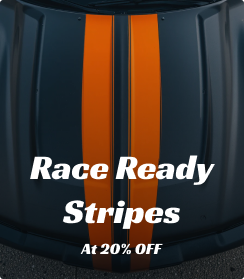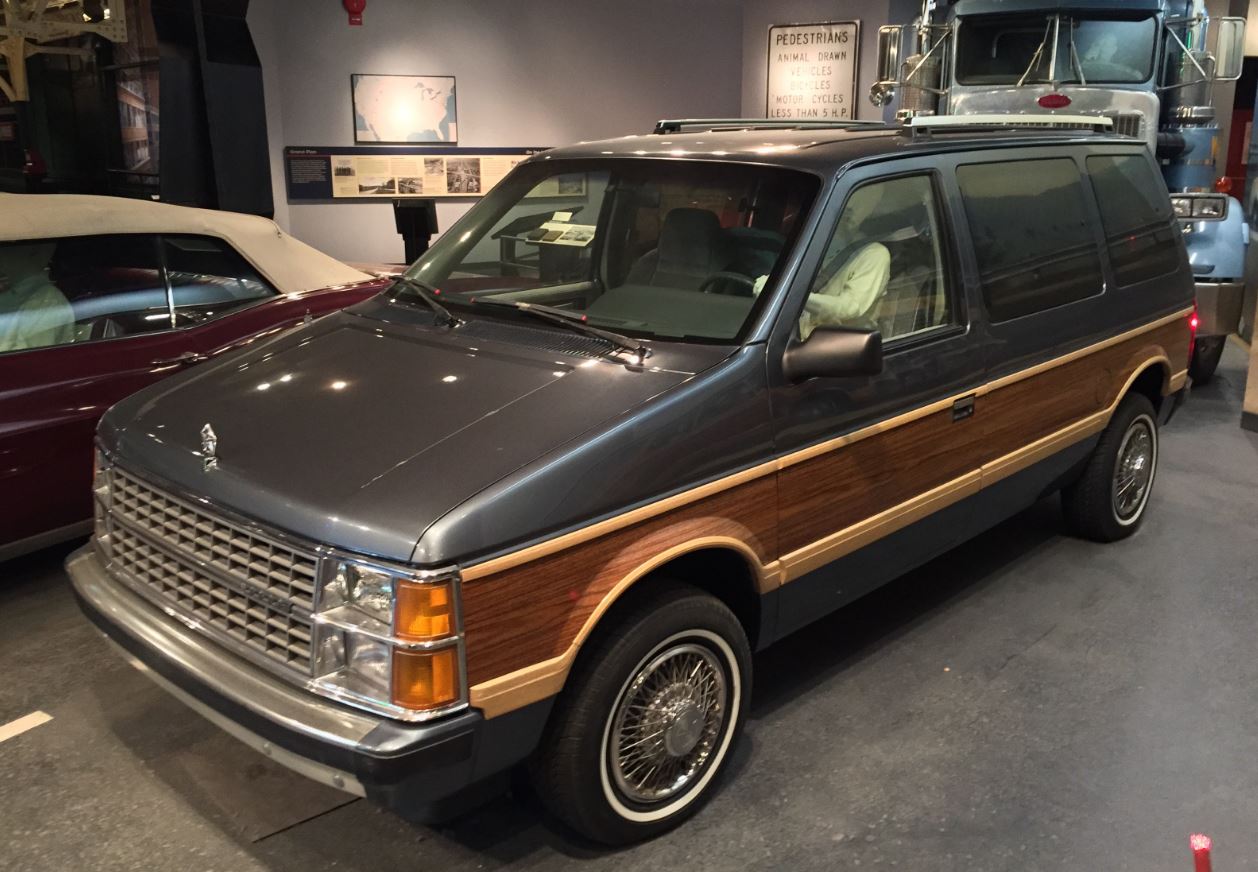Aftermarket Automotive Woodgrain Vinyl Products: Full Scoop
Posted by Kevin Messina on 20th Feb 2018
The woodie has been part of the auto industry since the very beginning. Originally, portions of the vehicles were made of real wood due to the military's need for steel. Later, auto manufacturers began building all steel bodies and creating a simulated wood effect using printed vinyl sheeting adhered to the metal base.
Throughout the history of aftermarket wood grain material, 3M has undoubtedly been the leader in development and production of high quality simulated wood film. For many decades, Di-Noc was the gold standard of automobile woodgrain vinyl. It was durable and had a realistic wood pattern as well.
I personally began my career as an auto graphics installer in the mid 80s and became very familiar with the 3M Di-Noc line of products. When family station wagons were still roaming the earth, there was an abundant supply of these films. Throughout the next several years, as the dinosuars began to die off, 3M began to reduce its offerings in the wood grain car exterior film market. This was, no doubt, fueled by ever changing design trends of the auto industry as well. Styles always change over the years.
In the late 90s the 3M colors available were down to 3. These were the most popular and widely used woodgrain films in the auto industry. As we came to know them, they were Marine Teak, Cherry Oak, and Burma Teak. Marine Teak woodgrain film was used exclusively(to my knowledge) by Jeep on the Grand Wagoneer from 1987-1991. Prior models had the Cherry Oak Wood grain material applied, but the Cherry Oak was not used only on the Jeep Grand Wagoneer and Jeep Grand Cherokee, it was widely used by Chrysler on many vehicles including the Lebaron, the Caravan and the PT Cruiser.
Once these vehicles equipped with wood grain decals were discontinued, film production stopped as well and enthusiasts and restorers were left to scramble for any remaining new old stock hiding in the dark corners of dealership parts departments. Eventually, the supply was depleted and our customers begged us to come up with an aftermarket product to assist in the maintenance and restoration of these vehicles.
We took notice of the dwindling resources and began acquiring whatever original films we could get in order to provide a close replacement product. This all sounds good if you can match the original color.
The trouble here is that the original wood grain film was printed with various brown inks onto different brown base films. Our reproduction woodgrain films are produced by scanning original material and digitally printing the image on high performance 3M Wrap film with a glossy clear overlaminate. While they may have been copies of originals, the printing process used is quite different. Since different lighting will enhance or cancel some color hues, this will cause some color shift depending on the light source (noon daylight, afternoon light, fluorescent, incandescent, etc). We attempt the best visual match in mid day sun. For some of the lighter colors, we have slightly shifted the color toward the red/magenta hue due to the fact that they have a tendency to look a little too green beside the original.
We could get into the science of color and light but that is a blog in itself (a very long one). But to be brief, digital reproductions are printed with at least a 4 color process, usually black, yellow, cyan(blue) and magenta. To achieve a brown hue, various amounts of each ink are used to create the closest possible match. Unfortunately, the match is literally in the eye (and light source) of the beholder. A perfect match in noonday sun will not be perfect in the early evening. There are different color shifts based on artificial light sources as these will be warm white, cool white, daylight or full spectrum bulbs. Generally speaking, our eyes will not notice this shift unless it is side by side with the original and the light source changes. Some cameras will not detect the difference whereas others will see a difference even when we do not.
Therefore, we do not recommend using a reproduction wood grain panel as a single repair. This will NOT be a perfect match in all lighting, EVER. If a repair is necessary, a full side must be done in order to have a smooth color flow. That being said, you can order a wood grain car exterior sample kit HERE.
If you are really interested in the science behind this statement, you might check out the book "Real World Color Management" by Fraser, Murphy & Bunting. It is a book recommended for anyone working in the printing industry and explains the affects of light on our perception of color.




